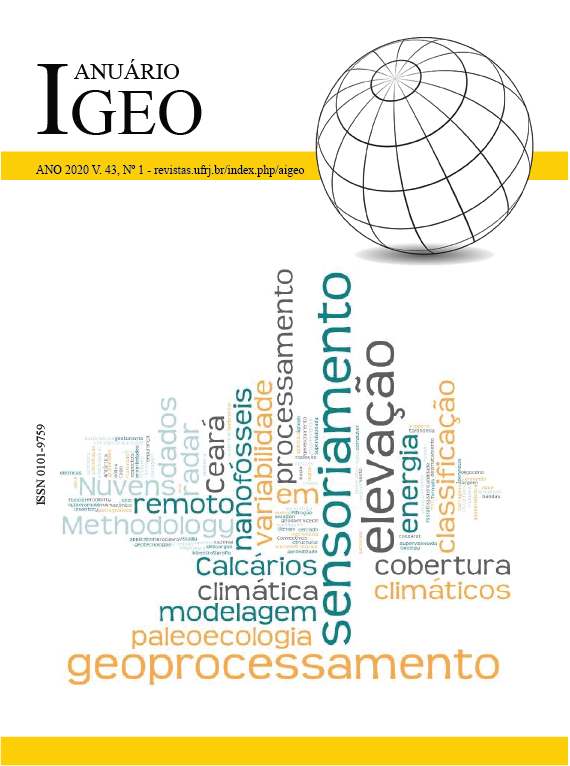Dynamics of Above-Ground Biomass in the Brazilian Amazon Using LiDAR Data
DOI:
https://doi.org/10.11137/2020_1_228_238Keywords:
Amazon, Inventory, LaserAbstract
Tropical forest biomass plays an important role in the global carbon cycle. Thus, a better understanding of variations in the stocks, dynamics and structure of tropical forests is important to understanding the global carbon cycle. In this sense, the objective of this study was to evaluate the dynamics of above-ground biomass (AGB) in a rainforest using LiDAR (Light Detection and Ranging) data over a period of two years (2011-2013). Automatic crown detection techniques were used in a complementary way to observe whether structural changes may influence the dynamics of AGB. The study was conducted in Jamari National Forest in Rondonia. The methodology was composed of LiDAR processing and classification of objects (Crowns). Estimates of AGB were generated via LiDAR for the forest inventory plots and for the sample of the study area. Strong correlations were observed between estimates of AGB (r> 0.88). The structural changes identified in the outlined crowns did not influence the values obtained for the sample area, which presented a reduction pattern (5.64%). Despite the negative changes that occurred in this study, no significant difference (p> 0.05; Tukey test) of AGB was found among the evaluated period. The LiDAR technology has great potential for detecting large- scale changes and it is possible to obtain accurate environmental information (AGB). The approach used in the study may contribute for further analyses aimed at evaluating changes in AGB stock.Downloads
Published
2020-04-23
Issue
Section
Article
License
This journal is licensed under a Creative Commons — Attribution 4.0 International — CC BY 4.0, which permits use, distribution and reproduction in any medium, provided the original work is properly cited.
















 Except where otherwise noted, content on this site is licensed under a license
Except where otherwise noted, content on this site is licensed under a license 